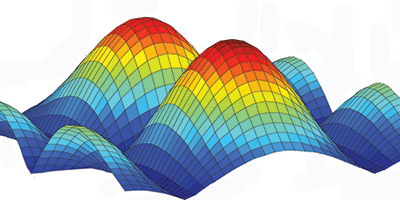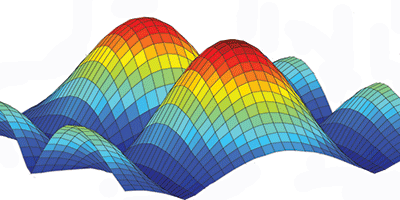A “Magic Frequency” for Atomic Spectroscopy
Physicists use lasers to track the quantum evolution of atomic states, but interpreting the measurements can be tricky when the light absorption depends on the orientation of the atom’s internal angular momentum. Menachem Givon at Ben-Gurion University of the Negev, Israel, and his colleagues propose and demonstrate a method to monitor how many atoms are in a particular state, no matter how they are oriented.
Atoms can be in the same electronic state, yet differ in the alignment between the angular momenta of their nucleus and their electrons. And even atoms in the same such “hyperfine” state have different energies depending on how they align with a magnetic field, an effect called Zeeman splitting. In addition to having different peak absorption frequencies, when atoms in different Zeeman levels are illuminated with linearly polarized light at a particular angle, some levels absorb more light and some absorb less light than the average absorption, which is what is measured using unpolarized light. But in a cloud of moving atoms, the absorption peaks are broadened by the Doppler effect. At frequencies between these peaks, light is absorbed both by atoms with a higher transition frequency moving in one direction and by other atoms in the lower-frequency state moving in the opposite direction. If the frequency of light is tuned away from a level that absorbs more than the average absorption and toward one that absorbs less, at some intermediate frequency, the level will absorb just the average amount.
Givon and his colleagues realized that, for any particular motional broadening, this intermediate—or “magic”—frequency is the same for every Zeeman level, so the absorption just measures the total number of atoms in the hyperfine state. The researchers confirmed experimentally that when they illuminated a vapor of rubidium- atoms with light at the magic frequency, a well-known sloshing of atoms between different levels became invisible. – Don Monroe





